I earn commissions if you shop through the links below at no additional cost to you.
Last Updated on February 7, 2025 by Jeremy
I never really gave much thought to bees growing up. Sure, we all knew they made honey and buzzed around flowers, but beyond that? Not much. That changed when we had pollinator bees delivered to us by a local farmer in Saskatchewan while we were living in town. These weren’t honeybees but honey-cutter bees—a species meant to help with local pollination.
Did we ever get honey? Nope. And unfortunately, the bees didn’t survive. But that little experience got me curious about beekeeping and pollination. Then, when we traveled to Creston, BC, in the Kootenays, we had the chance to check out Swan Valley Honey—a well-known honey farm producing some of the best local honey around. Turns out, we missed the tour that day, but we still got to try their honey, and let me tell you—it was hands down the best we’ve ever had!
That trip sparked a deeper curiosity: How do bees actually impact the food we eat, the trees we see, and the ecosystems we depend on?
Turns out, bees do pollinate trees—and without them, many of the foods we take for granted wouldn’t exist. Let’s dive into how these tiny buzzing workers keep our world running and how you can experience pollination in action on your next trip.
🍏 How Bees Pollinate Trees
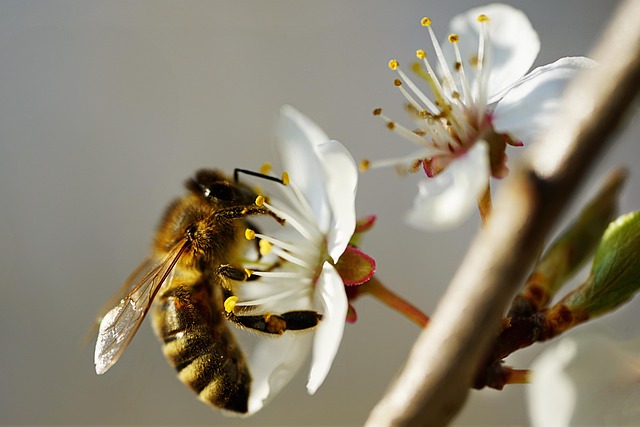
Most people think of bees and flowers, but bees play a major role in tree pollination, too. In fact, many fruit trees wouldn’t exist without bees transferring pollen from bloom to bloom.
🌳 Fruit Trees That Rely on Bees
Bees are the primary pollinators of many fruit and nut trees. Without them, we’d be missing:
- Apples 🍏
- Pears 🍐
- Cherries 🍒
- Peaches & Nectarines 🍑
- Plums & Prunes
- Almonds 🌰 (Yes, the almond industry depends entirely on bees!)
- Avocados 🥑 (Bee-pollinated and a staple in guacamole!)
- Mangoes, Bananas, and Papayas (Tropical fruits that need bees for reproduction!)
💡 Fun Fact: Beekeepers actually rent out their hives to almond farmers in California because almonds need so many bees to pollinate their flowers!
🌲 Non-Fruit Trees That Rely on Bees
Not all trees rely on bees, but certain deciduous trees and flowering trees need help from pollinators, including:
- Willow trees 🌿 (a crucial early-season nectar source for bees!)
- Chestnut trees 🌰 (bees play a role in boosting nut production!)
- Maple trees 🍁 (bees collect maple pollen, helping with tree reproduction!)
🌬 What About Wind-Pollinated Trees?
Most coniferous trees (pines, firs, and spruces) and some deciduous trees don’t rely on bees because they use wind pollination. For example:
- Hazelnuts, Walnuts, Pecans, and Chestnuts don’t need bees—the wind does the work.
- Poplar and Aspen trees are pollinated through airborne pollen.
So while bees won’t be buzzing around pine trees anytime soon, they still play a massive role in keeping fruit trees productive and thriving!
🏞 Want to See Pollination in Action? Try a Beekeeping or Honey Farm Tour!
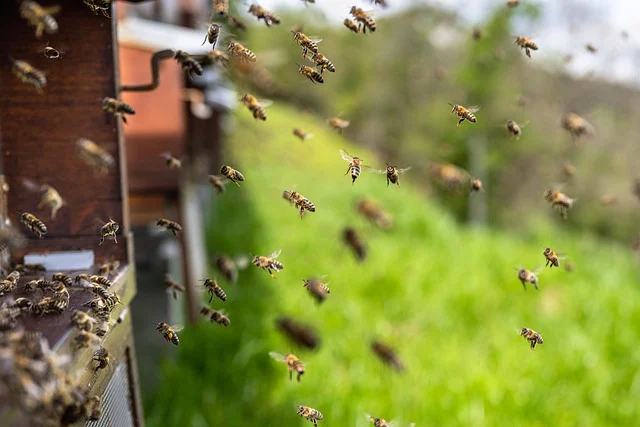
One of the best ways to learn about bees and pollination is by experiencing it firsthand. There are honey farm tours and beekeeping experiences all over the world where you can:
✅ See beekeepers working with active hives 🏡 🐝
✅ Learn about honey production & pollination science 🍯
✅ Suit up and handle bees in a safe environment 👨🌾
✅ Taste fresh honey straight from the hive 😋
🌍 Book a Beekeeping or Honey Farm Tour:
👉 Viator Beekeeping & Honey Farm Experiences – Click to explore experiences near you!
🛠 Want to Try Beekeeping at Home?
Beekeeping isn’t just for professionals—many people keep bees in their backyard as a way to support pollination and harvest their own honey.
If you’re thinking about starting a beehive, you’ll need the right gear:
🐝 BeeCastle 10-Frame Beehive Starter Kit (Includes Suit & Supplies) – Everything you need to start beekeeping!
🌎 Pollination and Travel – How They Connect
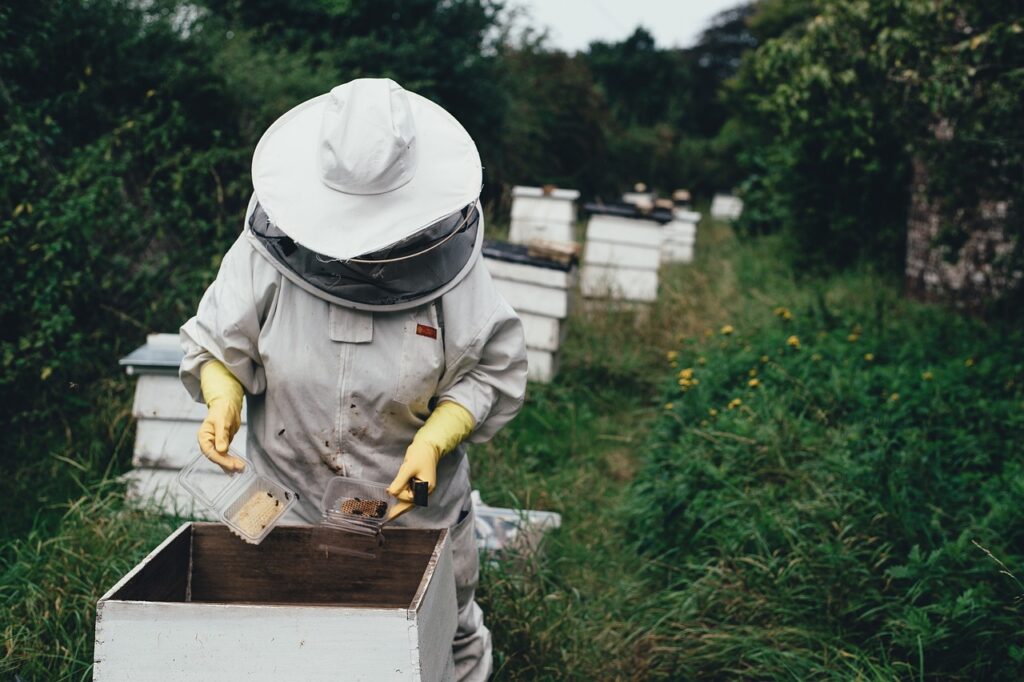
Believe it or not, pollination tourism is a thing! Some of the most unique eco-travel experiences revolve around learning how pollinators impact the environment while exploring beautiful destinations.
👉 Expedia Travel Deals & Packages – Explore nature-based travel experiences and find a pollination destination!
🌟 Best Places for Pollination Tourism:
- Costa Rica – Home to massive biodiversity and bee conservation efforts.
- Hawaii – Learn how native Hawaiian bees pollinate rare tropical plants.
- Europe (France & Italy) – Experience farm-to-table honey experiences.
- Australia & New Zealand – See the impact of bees on lush vineyards and fruit farms.
🏁 Final Thoughts
Pollinators—especially bees—are the unsung heroes of our planet. Without them, we’d lose fruits, vegetables, nuts, and even trees that provide oxygen and shelter.
From backyard beekeeping to traveling to a honey farm, there are countless ways to support these buzzing workers.
✅ Want to Experience Pollination in Action?
🚀 Book a Honey Farm or Beekeeping Tour Today!
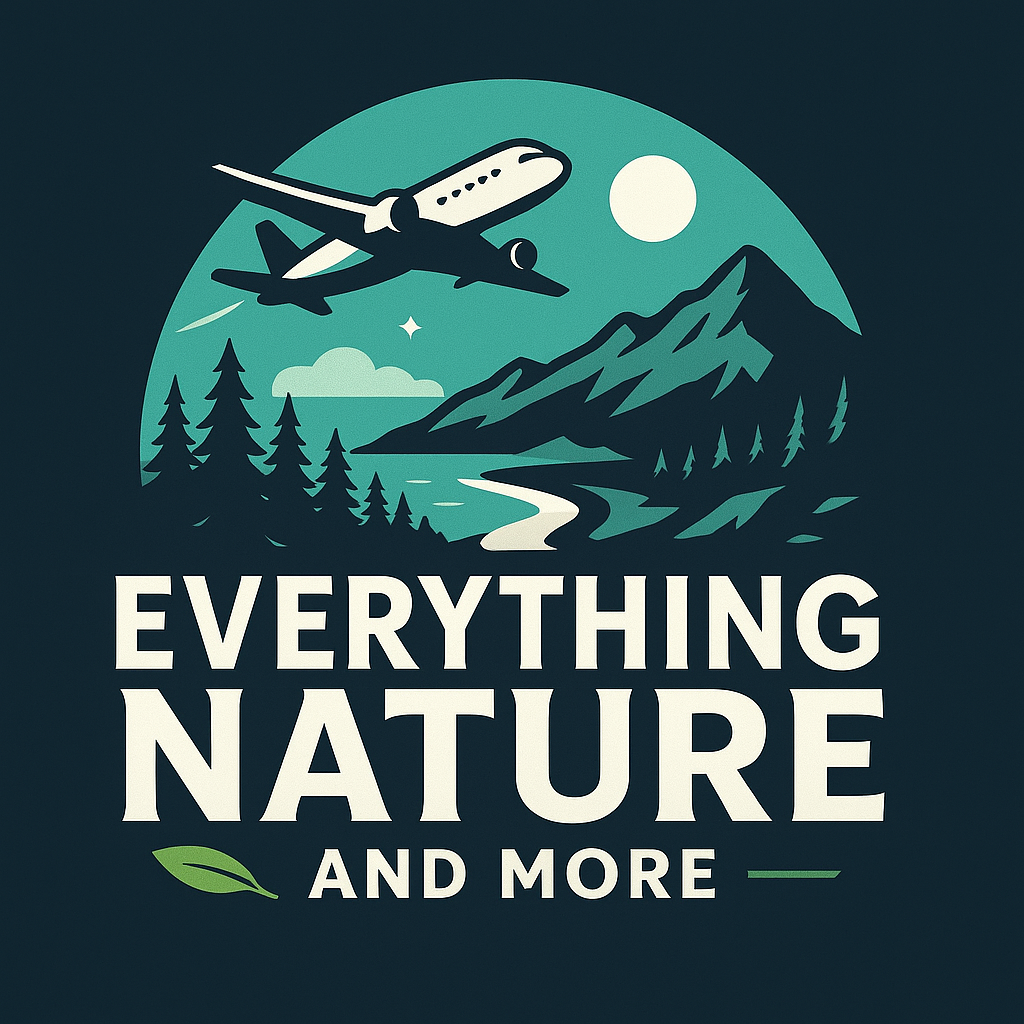
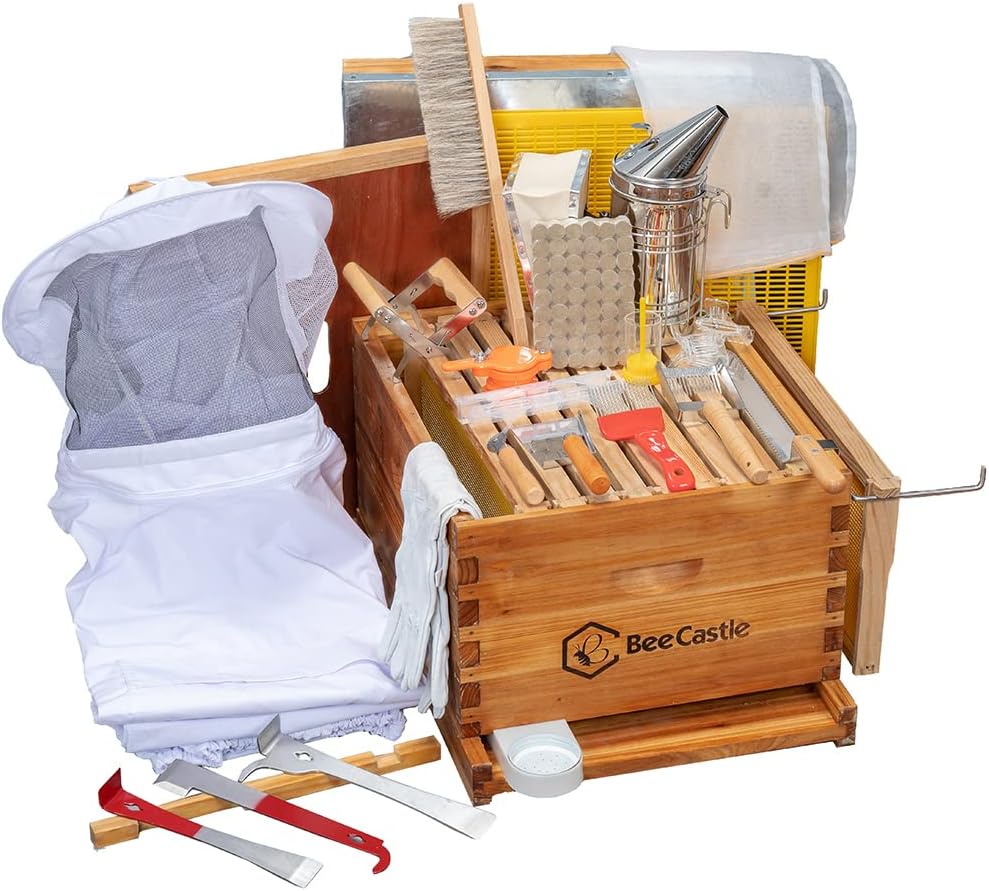
Leave a Reply